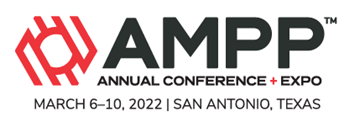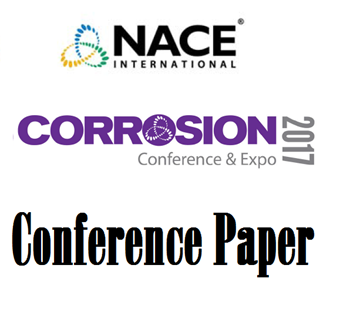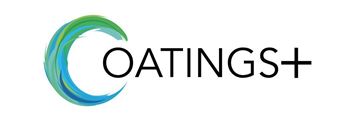Search
Conference Papers
View as
Sort by
Display
per page
That Sounds Great, but How Long Will it Last?
Product Number:
51219-220-SG
Publication Date:
2019
$20.00
The Benefits of Steel Grit Blasting and Recycling
Product Number:
51218-156-SG
Publication Date:
2018
$20.00
The Use of Ultra-High Solids, Fast Return to Service Coatings on Concrete Structures to Shorten the Construction Schedule at the Expansion of the Norman, OK, Wastewater Treatment Plant
Product Number:
51218-117-SG
Publication Date:
2018
$20.00
The 1000´S Of Microbial Genera Found In Argentina´S O&G Fields: Their Impact On Microbially Induced Corrosion And Integrity Of Facilities
Product Number:
51321-16754-SG
Publication Date:
2021
$20.00
The 2021 US Gas Gathering Final Rule and the New Challenges to Pipeline Integrity
Product Number:
51324-21233-SG
Publication Date:
2024
$40.00
The AA2024/CFRP Galvanic Couple Under A Dynamic Electrolyte Drop
Product Number:
51322-17686-SG
Publication Date:
2022
$20.00
The AC Close Interval Survey and Other Common AC Measurement Errors
Product Number:
51317--9455-SG
ISBN:
9455 2017 CP
Publication Date:
2017
$20.00
The Advantages and Challenges of a Direct to Install AC Mitigation Approach: A Case Study
Product Number:
51323-19267-SG
Publication Date:
2023
$20.00
The Advantages and Disadvantages of Utilizing UHP Robotics for Previously Coated Carbon Steel Storage Tanks
Product Number:
51220-283-SG
Publication Date:
2020
$20.00
The API RP 14E Erosional Velocity Equation: Origin Application Misuse Limitation and Alternative
Product Number:
51319-13206-SG
Publication Date:
2019
$20.00
The Application of Ceramic Coatings to Extend Radiant Tube Life in Process Heaters and Improve Operational Efficiency with Cost Benefit Analysis
Product Number:
MPWT19-14438
Publication Date:
2019
$0.00














